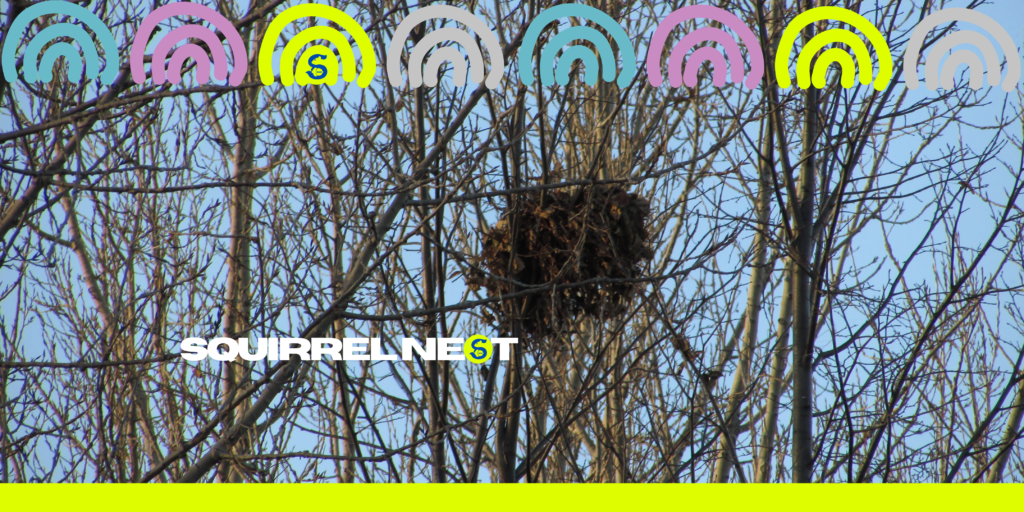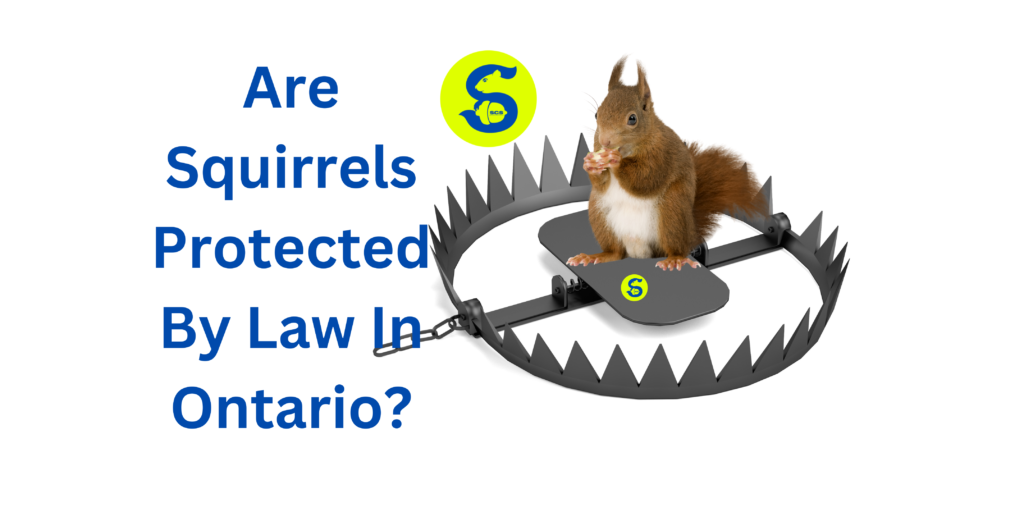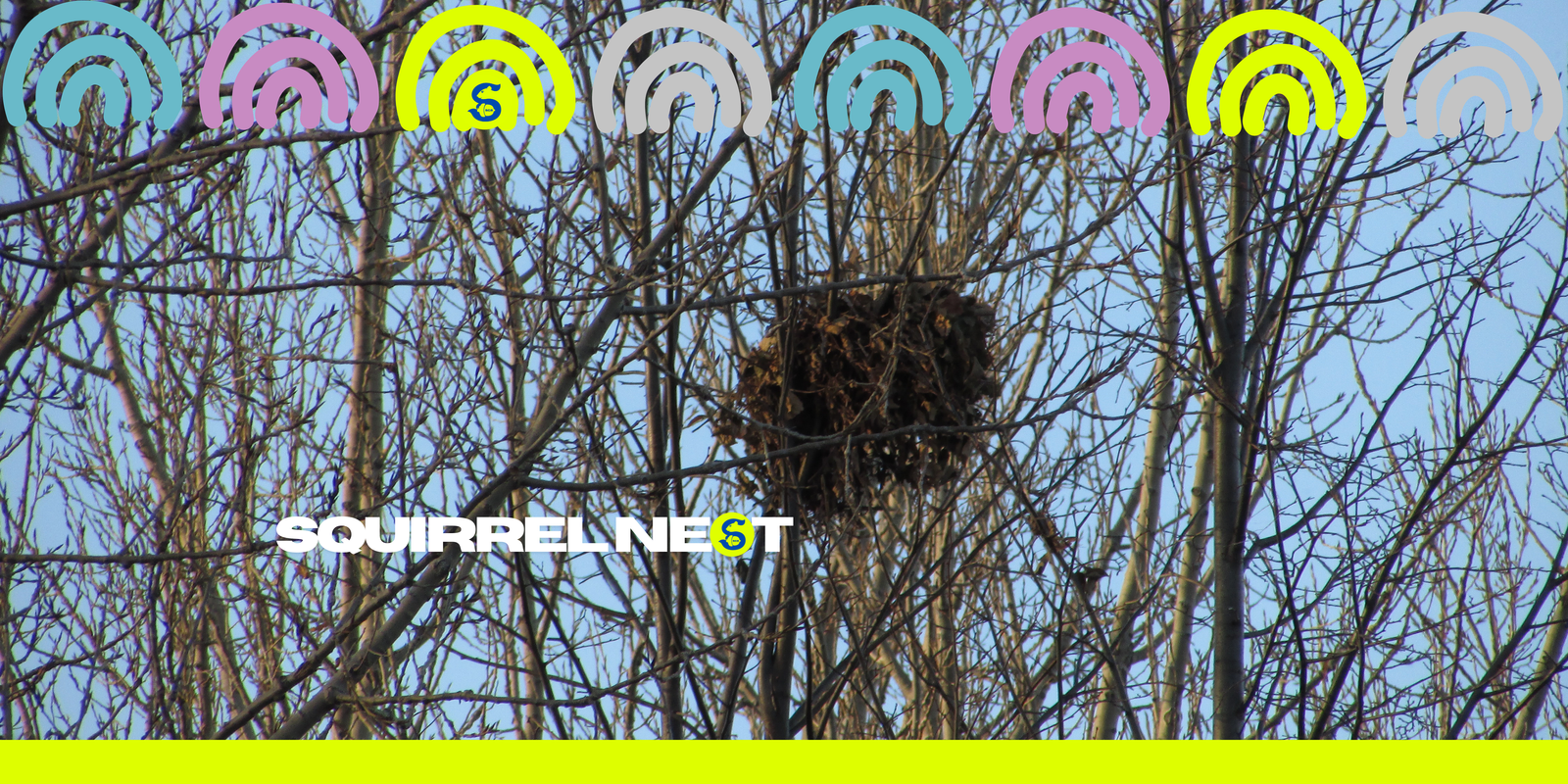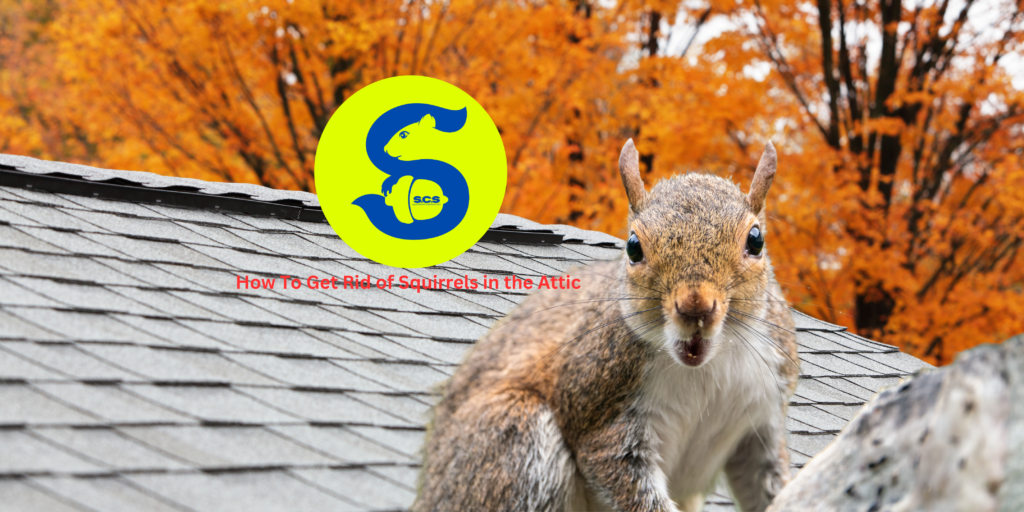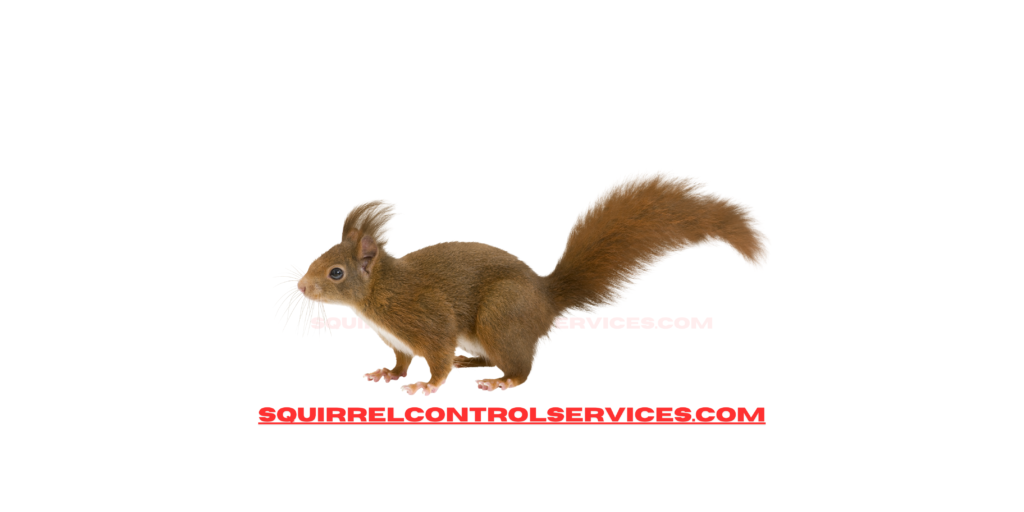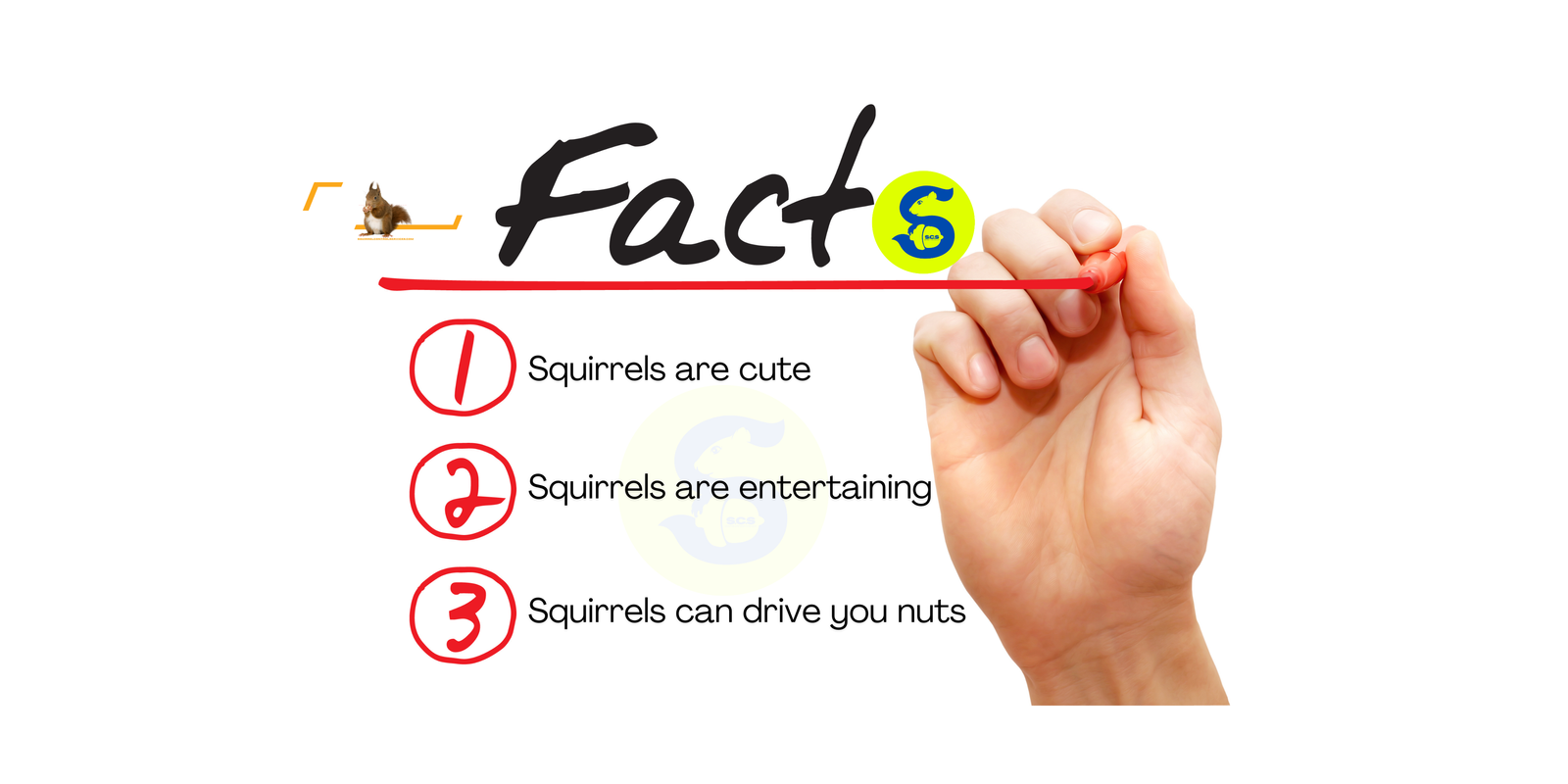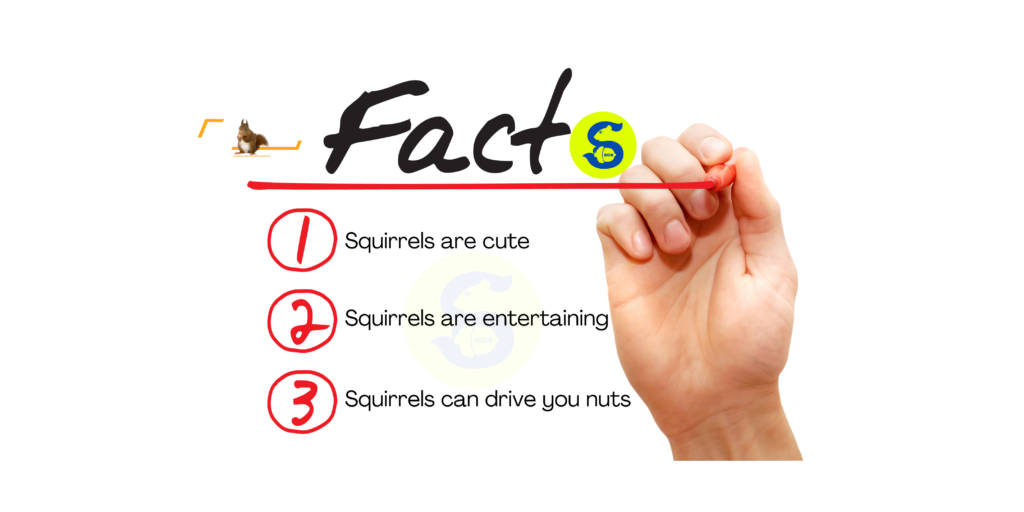What Happens Inside A Squirrels Nest and How to Prevent Them in Your Attic
Squirrel nests are common in Brampton, Ontario, particularly as the local wildlife prepares for new arrivals twice a year. The squirrel nest timeline squirrels follow provides insights into their nesting habits and behaviours throughout the year, including mating behaviours at the start of the year and peak periods for nest construction, especially in the fall when squirrels prepare for winter. Homeowners may suddenly notice increased squirrel activity as these creatures build shelters to house their babies. Observing how many squirrel nests are in your yard can help you understand the extent of squirrel activity and take appropriate measures. Whether nestled high in the trees or hidden within the attic and soffit of your home, a squirrel’s nest can pose challenges that require understanding and proactive management. The potential damage from a squirrel’s nest includes chewed wires and insulation, making professional pest control and humane removal methods essential for effective wildlife management.

The Varied World of A Squirrel Nest: What Does a Squirrel Nest Look Like?
Squirrels are known for their nesting habits, creating multiple homes to suit their needs. Squirrel nests squirrels build can be categorized into two main types: dreys and tree cavity dens. Understanding squirrel nests and the living habits of squirrels can help foster better coexistence between people and these agile creatures. These nests, often called dreys, are primarily constructed from twigs, leaves, moss, and bark. A squirrel nest, called a drey, has a distinct round and messy structure made from various natural materials. Squirrel nests can be identified by their location and construction; they are typically found in tree cavities, trunks, or branches. Squirrels build two types of nests: dreys, which are the external nests made from twigs and leaves, and dens, which are located inside tree cavities. These nests serve as crucial shelters, especially during the breeding season. Squirrels can turn almost any tree into a potential nesting site, which makes their presence widespread in suburban areas like Brampton.
One of the exciting aspects of squirrel behavior is the creation of squirrel vacation homes—additional nests built as backups to their primary home. These extra nests ensure that the mother squirrel and her young have a safe retreat if their main nest is disturbed or unsafe. Additionally, squirrels often use tree cavity dens to protect against predators and harsh weather.
Squirrel Nests vs. Bird Nests: A Backyard Battle
A frequent issue for homeowners is the competition between squirrels and birds for nesting spaces and food. Where do squirrels nest? Squirrels, including the grey squirrel, prefer habitats close to food sources and sheltered environments. Squirrels are notorious for raiding bird nests and feeders, often consuming bird seed for other wildlife. To address this, many homeowners install squirrel-resistant feeders and squirrel baffles to deter these agile creatures from accessing bird food. The typical bird nest can sometimes be overshadowed by squirrels’ more aggressive nesting habits, which can outcompete birds for prime nesting spots.
Despite these deterrents, squirrels often find ways to outsmart them, leading to ongoing efforts to limit squirrel access to feeders. One effective strategy is using a thistle feeder, which squirrels tend to avoid. By understanding what squirrels dislike and adjusting your feeder setup accordingly, you can better protect your bird feeders from these persistent invaders. Additionally, extra squirrel-proofing measures can help keep squirrels from reaching these valuable food sources.
Squirrels also tend to eat insects and other pests in the garden, which can benefit homeowners, although their competitive nature with birds can create a challenge for those who enjoy feeding wild birds. Understanding squirrel habits, such as their tendency to develop multiple nests and forage for food, is crucial for effectively managing their impact on your backyard.
The Lifecycle and Impact of Squirrel Nests
Most squirrel species typically have two breeding seasons yearly, during which mother squirrels build or refurbish their nests. What time of year do squirrels build nests? The timing of squirrel nest construction typically begins in summer or autumn based on species. The squirrel nest timeline includes key periods such as mating practices at the beginning of the year, nurturing young squirrels in spring, and critical nest-building activities in summer and fall. These nests are not just temporary shelters; they are essential for the survival of young squirrels. As the babies grow and young squirrels venture out, the nest provides a safe space until they are ready to explore the wider world. During this time, the mother squirrel teaches her young essential survival skills, which include finding food and avoiding predators.
Interestingly, squirrels often build multiple nests, known as second and third nests, within their territory. These additional nests are used as alternative shelters, ensuring the mother squirrel and her offspring have a secure place to move to if needed. Sometimes, these nests are built in locations that homeowners might overlook immediately, such as high in the trees or secluded spots within the attic.
As the young mature, they eventually leave the nest, but the presence of a squirrel’s nest can lead to challenges for homeowners, especially if they are located in attics or within the structure of your home. Managing these nests is essential for maintaining your property and ensuring the well-being of the squirrels as they transition to independence. Unused nests might remain in trees or other locations, posing little threat. Still, they can become a nuisance if they attract other unwanted backyard pests or if squirrels decide to reuse them in the future if attics and other tree cavity dens are unavailable.
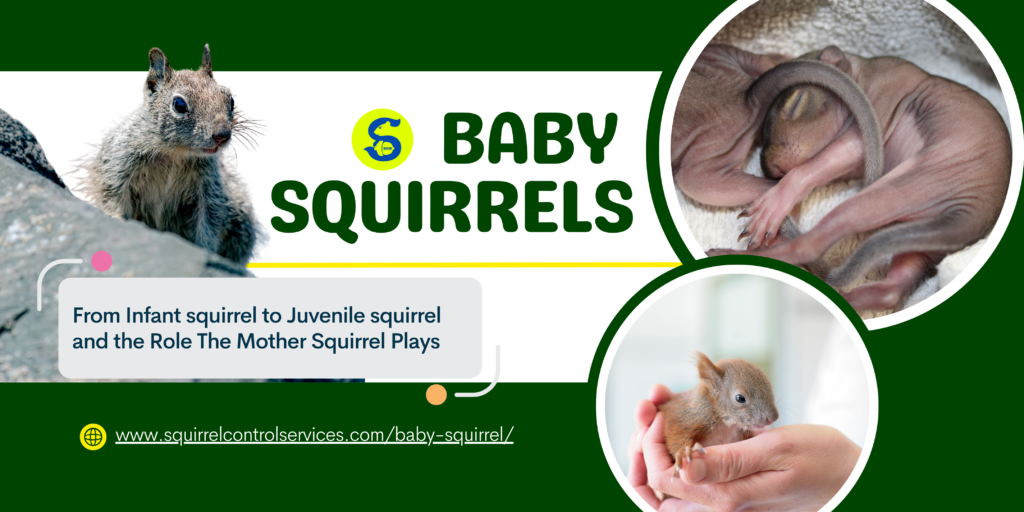
Humane Management of Squirrel Nests
Managing a squirrel’s nest humanely is crucial, especially during breeding season when female squirrels turn protective. Understanding the squirrel nest timeline is vital for effective management, as squirrels have specific nesting behaviors throughout the year, including mating in early winter, nursing in spring, and peak nest-building in the fall. Squirrels typically build nests in summer or autumn, with variations based on species and regions. For instance, in Ontario, nest construction often occurs in late September, coinciding with cooler temperatures and shorter days. At Brampton Wildlife Control, we prioritize humane methods that consider both the well-being of the squirrels and the integrity of your home. This involves understanding the squirrels’ needs and how to encourage them to relocate gently.
Our approach begins with a thorough inspection to identify active nests and potential entry points. We ensure the mother squirrel and her young are relocated without harm using safe and ethical removal practices. This may involve installing squirrel baffles or sealing off nest cavities to prevent further access. Sometimes, a nest might just be beginning, and addressing it early can prevent more extensive damage to your property.
For homeowners looking to take extra precautions, we recommend extra squirrel-proofing measures. These include securing vents, chimneys, and other potential entry points that squirrels might use. Additionally, regular yard and tree maintenance can help reduce the likelihood of squirrels building nests on your property. By managing the tree structure and ensuring that your yard is less inviting for nesting, you can significantly reduce the risk of squirrels choosing your home as their nesting site.
Squirrels’ Role in the Backyard Ecosystem
While grey squirrels can sometimes be seen as unwanted backyard pests, they also play a vital role in the local ecosystem. Squirrels often build multiple nests, known as squirrel vacation homes, which serve as temporary resting spots or emergency shelters. In these squirrel vacation homes, squirrels create multiple nests or temporary homes for various purposes, such as shelter from predators, food storage, and rest. Through their digging and burying activities, squirrels aerate the soil, promoting plant growth. They also help control insect populations by eating insects and other pests.
Despite their benefits, the presence of squirrels can pose challenges, especially when they start interacting with other wildlife. Wild birds, for instance, often have to compete with squirrels eating bird seed and for nesting space. This competition can be managed through a balanced approach that considers the needs of both squirrels and birds. Additionally, squirrels often check tree-infesting beetles and other small creatures, which helps to maintain the health of the trees in your yard.
Squirrels are also known for their squirrel drey construction, a sign of their nesting activity. These nests are typically found in the tree trunk and are well-camouflaged, making them difficult to spot unless you know what to look for. Understanding the role of these creatures in your backyard can help you better manage their presence, ensuring a balanced ecosystem.
Conclusion: Working with Wildlife Control Professionals
If you’re dealing with squirrel nests on your Brampton property, working with professionals who understand the nuances of wildlife management is essential. At Squirrel Control Services, we offer comprehensive services that remove squirrel nests humanely and implement preventative measures to keep your home and yard secure.
By understanding the behaviour of squirrels and using appropriate deterrents and management strategies, you can enjoy a peaceful coexistence with these fascinating creatures while protecting your property from potential damage. Whether you’re facing an immediate issue with squirrel nests or looking to prevent future problems, our team is here to help you every step of the way.
Case Studies
Case Study 1: Squirrel Nest in a Brampton Attic
Background: A homeowner in Brampton contacted us after hearing scratching noises in their attic. Upon inspection, we discovered a large squirrel leaf nest constructed near the attic vent. The nest was home to a mother squirrel and her babies, who had entered through a small gap in the soffit. The homeowner was concerned about potential damage to their insulation and wiring.
Solution: Our team safely and humanely removed the nesting squirrel and her young, relocating them to a nearby wooded area. We then sealed the entry point and installed a squirrel deterrent to prevent future access. Additionally, we recommended the installation of a squirrel-resistant feeder in the backyard to redirect the squirrels’ attention from the attic to a more appropriate area.
Outcome: The homeowner was relieved to have the squirrels safely removed and was pleased with the preventive measures. The squirrels visiting the property were now drawn to the feeder rather than seeking shelter in the home. This case emphasized the importance of addressing potential entry points and the effectiveness of humane wildlife control solutions.
Case Study 2: Squirrels in a Tree Cavity Den in Brampton
Background: Another Brampton homeowner noticed increased squirrel activity around a large oak tree in their backyard. Concerned about the potential for the grey squirrels to move into their attic, they called us for an inspection. We discovered that the squirrels had built nests inside a tree cavity den, showcasing how squirrels build nests to suit their needs. Squirrels typically nest in locations that offer cover and mobility, often close to food sources. Grey and red squirrels exhibit different nesting behaviours, with variations in their habitats and seasonal activities. This squirrel nest, while primarily harmless to the home, posed a risk as the squirrels could easily migrate to the house if the tree cavity became unsuitable.
Solution: We decided to secure the tree cavity den by reinforcing the natural structure, making it less likely that the squirrels would seek out alternative nesting sites, such as the attic. We also installed a squirrel baffle on nearby trees and a squirrel-resistant feeder to keep
Case Study 3: Managing Squirrel Nests in a Brampton Roof Soffit
Background: A Brampton homeowner called us after noticing droppings and gnawed wood around their roof soffit. Upon investigation, we found that male and female squirrels had established a **squirrel’s nest
Case Study 4: Addressing Squirrel Nests in a Large Brampton Garden
Background: A Brampton homeowner with a large, tree-filled garden noticed increased squirrel activity, particularly around some old oak and maple trees. The homeowner was concerned about the possibility of multiple squirrel nests and potential damage to their garden and home. Upon inspection, we discovered several squirrel nests located in the tree cavity dens and high up in the branches, with some nests being reused or abandoned by young squirrels that had recently left.
The squirrel nests varied in size and structure, with some looking like typical leaf nests while others were more complex, taking on the characteristics of what we call squirrel vacation homes. The homeowner wanted to ensure the garden remained a safe environment for the squirrels and their family without the wildlife becoming a nuisance.
Solution: Our team identified the main squirrel nests and explained how these structures typically look to the homeowner, addressing what squirrel nests look like and how many nests a single squirrel family might build. We also identified the presence of a few wild animals besides squirrels, which helped us decide on a management plan.
We reinforced the natural tree cavity dens and used humane methods to discourage the squirrels from expanding their nests into the garden’s more vulnerable areas. We recommended installing squirrel-resistant feeders and squirrel baffles to protect bird feeders from the squirrels’ physical prowess in accessing food.
To further manage the situation, we advised the homeowner on the importance of maintaining their trees and removing unused or briefly occupied nests to prevent them from being repurposed. Additionally, we suggested deterrents that target what squirrels hate, such as certain smells and tastes, to keep them away from specific garden areas.
Outcome: The squirrels were safely managed, with their nests remaining primarily in the trees rather than moving closer to the house. The homeowner now enjoys a garden where they can watch creatures darting around, including many wild birds, without worrying about the squirrels becoming a nuisance. The balance was struck between maintaining the garden’s natural beauty and ensuring that the wildlife, including squirrels living in the area, were managed humanely.
FAQs About Squirrel Nests
Q1: Where do squirrels build their nests, and what materials do they use?
Squirrels typically build their nests, known as dreys, in just about any tree, using materials like shredded bark, leaves, and pine needles. These nests are usually around eight inches in diameter. Gray squirrels are particularly active in squirrel nest-building activity, often creating sturdy nests that provide shelter during harsh weather.
Q2: How many nests do squirrels typically have, and why?
Squirrels often build additional squirrel nests for various reasons, including having a backup shelter or storing food. Gray squirrels are known to create multiple nests to ensure they have safe places to retreat to if their primary nest is compromised. This behavior is crucial, especially when most young squirrels leave the nest and need to establish their own homes. Sometimes, squirrels may nest briefly in one location before moving to another.
Q3: How do squirrel nests impact bird lovers and their bird feeders?
Bird lovers who feed birds often notice that squirrels are attracted to bird feeders. While some might find this frustrating, it’s important to mention that squirrels live in the same environment and take advantage of the available food sources. Squirrel nests near bird feeders can increase squirrel activity, as the presence of food is an added benefit for them. Understanding the balance between enjoying birds and managing squirrels is key to a peaceful coexistence.

